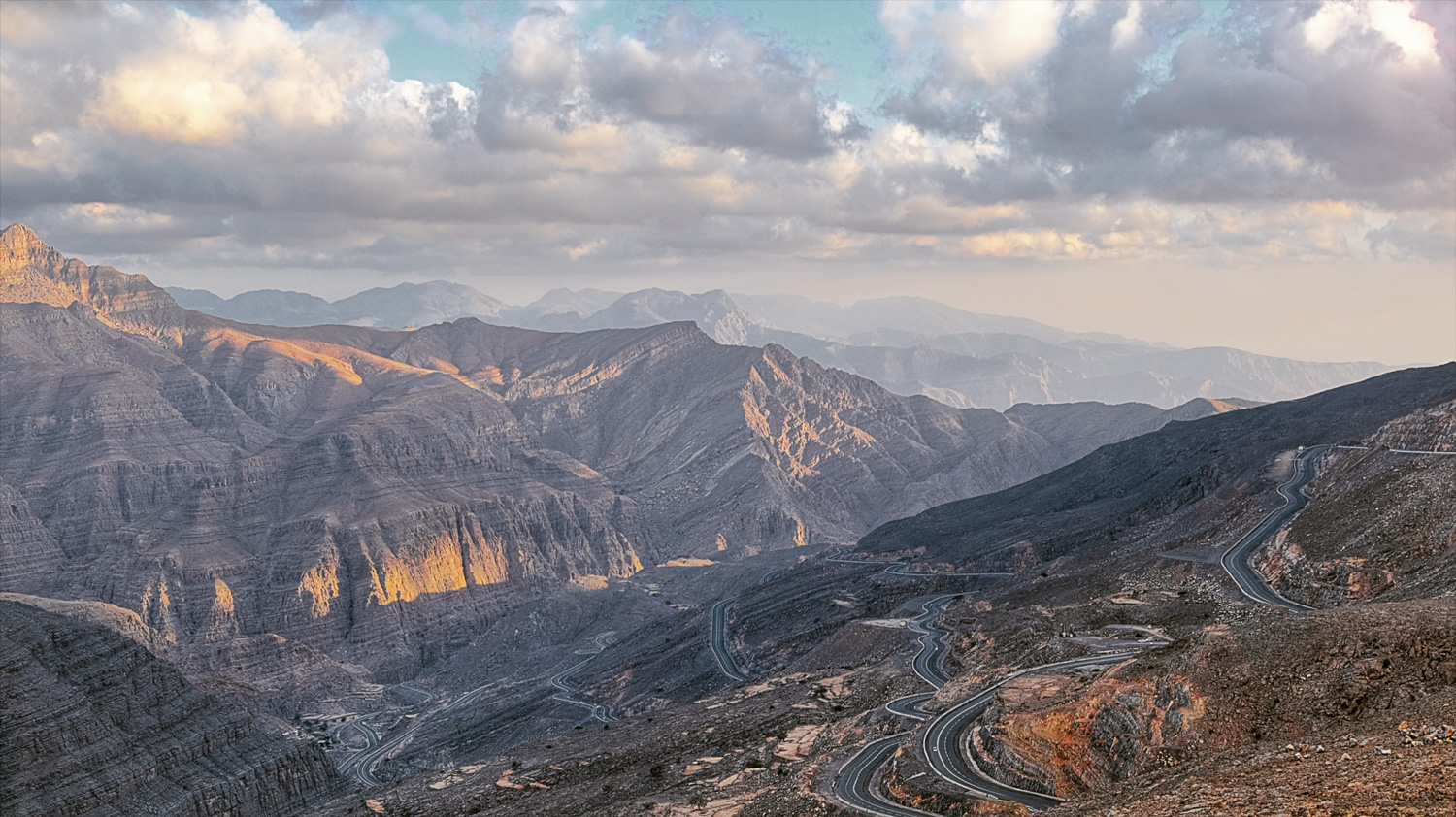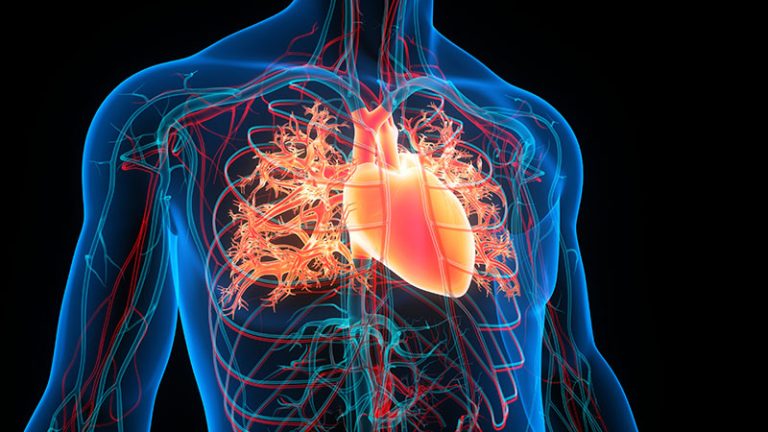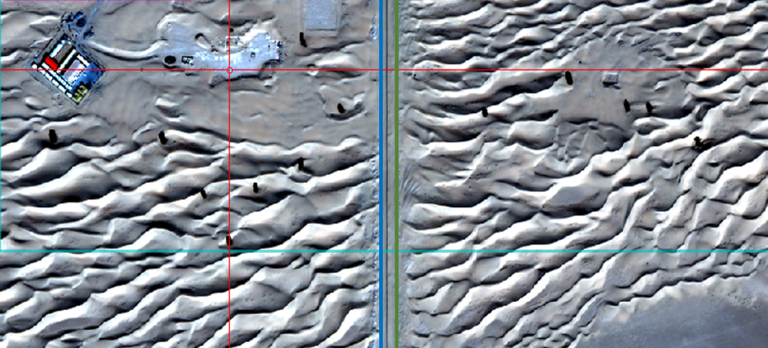Shear-wave splitting reveals oil reservoir secrets
A new seismic sensing scheme collecting detailed data on fractures in carbonate rock reservoirs that could advance oil industry efficiency.
Data about fractures in geological formations provides vital insights into the movement of fluids such as oil, gas and water within underground reservoirs.
Researchers from Khalifa University have developed a seismic sensing scheme to collect more detailed data about the fractures in the carbonate rock reservoirs that hold hydrocarbons, potentially bringing a host of benefits to the oil industry.
Compared with conventional analysis methods, their shear-wave splitting scheme is not only cost-effective, but also brings quantitative and objective results. It works by analysing the interaction between the reservoir and artificially generated seismic shear waves that split into two distinct waves with different polarizations and velocities when they encounter a fracture. By measuring the arrival times for the two waves using an array of receivers, information about the fracture location and orientation can be determined.
“Knowledge about fractures in carbonate reservoirs is indispensable for the efficient and cost-effective extraction of hydrocarbons,” explains Mohammed Ali, a professor of Earth Science at Khalifa[1] University and one of the authors of the study. “It plays a pivotal role in reservoir management, production optimization, and informed decision-making in the oil and gas industry,” he adds.
The team has successfully conducted a number of field trials, including at an offshore oil field located 80 kilometres north-west of Abu Dhabi. In a test region with a radius of 3 km, 18,000 airgun shots were used as a seismic excitation source, while 70 receivers spaced 20 metres apart picked up the resulting seismic waves.
While the shear-wave approach works well, Ali acknowledges that some limitations remain, such as a source-receiver offset issue, which requires a significant distance between the source and receiver to generate meaningful data. Also, when dealing with reservoirs that feature many fractures with multiple orientations, it can be challenging to obtain a complete and accurate picture of the entire fracture network.
The team is working on addressing both problems and it seems that machine learning may play its part. “We plan to leverage machine learning techniques to enhance our analysis capabilities,” says Ali. “Recent successes in identifying key features with high sensitivity to shear-wave splitting have paved the way for employing machine learning algorithms. These algorithms will be instrumental in automating the analysis process and improving the accuracy of fracture characterization.”
Reference
- Diaz-Acosta, A., Bouchaala, F., Kishida, T., Jouini, M.S., & Ali, M.Y. “Investigation of fractured carbonate reservoirs by applying shear-wave splitting concept,”Advances in Geo-Energy Research 7 2 99-110 (2023). | Article




